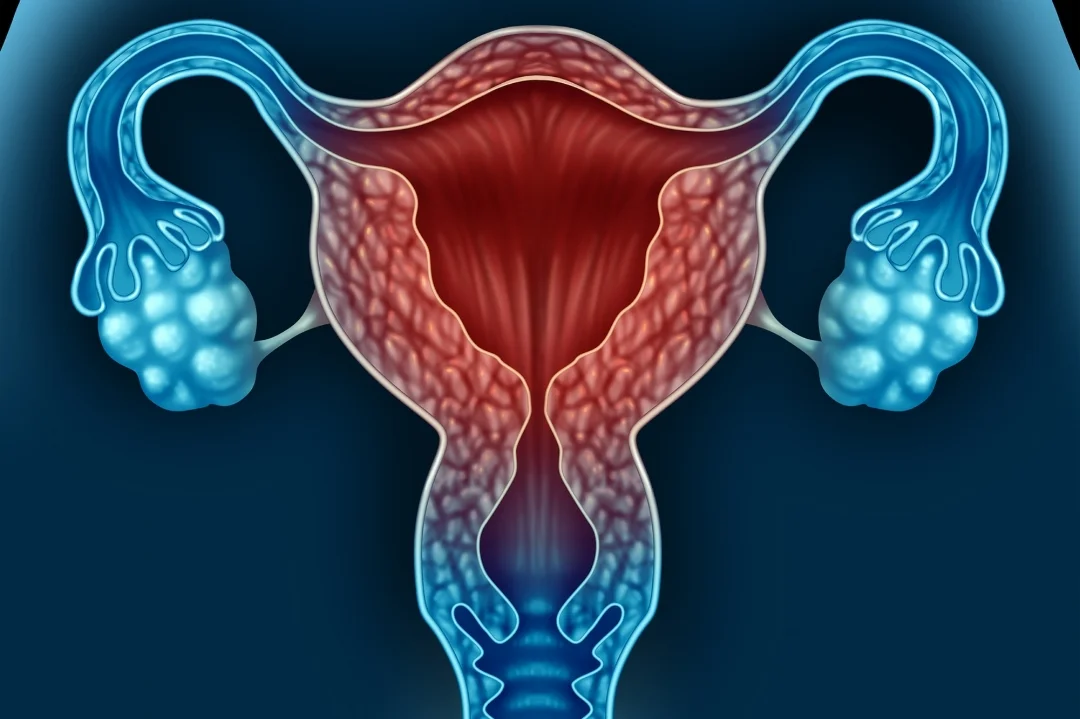BLEEDING ABNORMALITIES
What is a normal menstrual bleeding?
Duration: up to 8 days
Interval: between 24 and 38 days
Regularity: differences in interval not more than 9 days
Intensity: pads or tampons usually do not need to be changed more often than every 3 hours, pads or tampons rarely need to be changed at night, usually no more than 21 pads or tampons need to be used per cycle, too little menstrual bleeding is rarely a cause for concern.
Complaints
Bleeding abnormalities can sometimes dramatically reduce the quality of life of patients.
Particularly heavy menstrual bleeding (hypermenorrhoea) or prolonged menstrual bleeding (menorrhagia), often accompanied by menstrual cramps and pain (dysmenorrhoea), as well as intermittent bleeding (metrorrhagia) are among the bleeding abnormalities that pose the greatest strain.
If menstrual bleeding occurs too rarely (oligomenorrhoea) or does not occur at all (amenorrhoea), this is often not quite as troublesome for the patient, but nevertheless poses a health risk for the patient and always requires further clarification and usually some type of treatment.
Causes
The causes of bleeding abnormalities are diverse. The most common causes are the following:
Polyps of the endometrium (lining of the uterus)
Benign growths of the glands within the endometrium
Myomas
Benign muscular tumors within the uterus
Can be located in different regions of the uterus
Especially myomas that displace the endometrium (submucous myomas) cause bleeding disorders
Adenomyosis
The endometrium not only lines the uterine cavity, but also occurs within the uterine wall
Often accompanied by menstrual pain
Also known as endometriosis of the uterus
Malignant changes and endometrial hyperplasia
More often in women > 40 years
Ovulation disorders
Polycystic ovaries (PCO syndrome)
Anovulation (absence of ovulation)
Hormonal disorders
Hyperprolactinaemia
Thyroid disorders
etc.
THERAPY PLANNING
The basic examinations include, a detailed medical history and evaluation of symptoms, a gynecological examination and transvaginal ultrasound. In case of hormonal disorders or suspected ovulation disorders, hormone levels may be measured by means of blood sampling. A blood sample is also taken to detect anemia as a result of particularly heavy (hypermenorrhoea) or long (menorrhagia) periods. A treatment plan is established based on the results of the examination, the patient’s complaints and the amount of interference with the patient’s quality of life. The desire to have children plays a decisive role.
WHAT THERAPY OPTIONS ARE THERE?
There are numerous options available for the treatment of bleeding disorders. The decisive factor in the choice of therapy depends upon the underlying cause and the patient's wishes. Drug therapies (both hormonal and non-hormonal) are often sufficient. However, in certain situations (especially submucous myomas, endometrial polyps, malignant changes, etc.) there is a need for surgical treatment.
The most common surgical procedures, which are often used in combination, are as follows:
Diagnostic hysteroscopy (endometrial endoscopy)
Curettage (scraping of the uterus)
Operative hysteroscopy (endometrial endoscopy including removal of tissue, especially myomas, large endometrial polyps, adhesions within the uterus, repair of uterine malformations)
Laparoscopy (especially for myomas, adenomyosis and uterine malformations)
Endometrial ablation (long-term destruction of the uterine lining, usually by heat)


